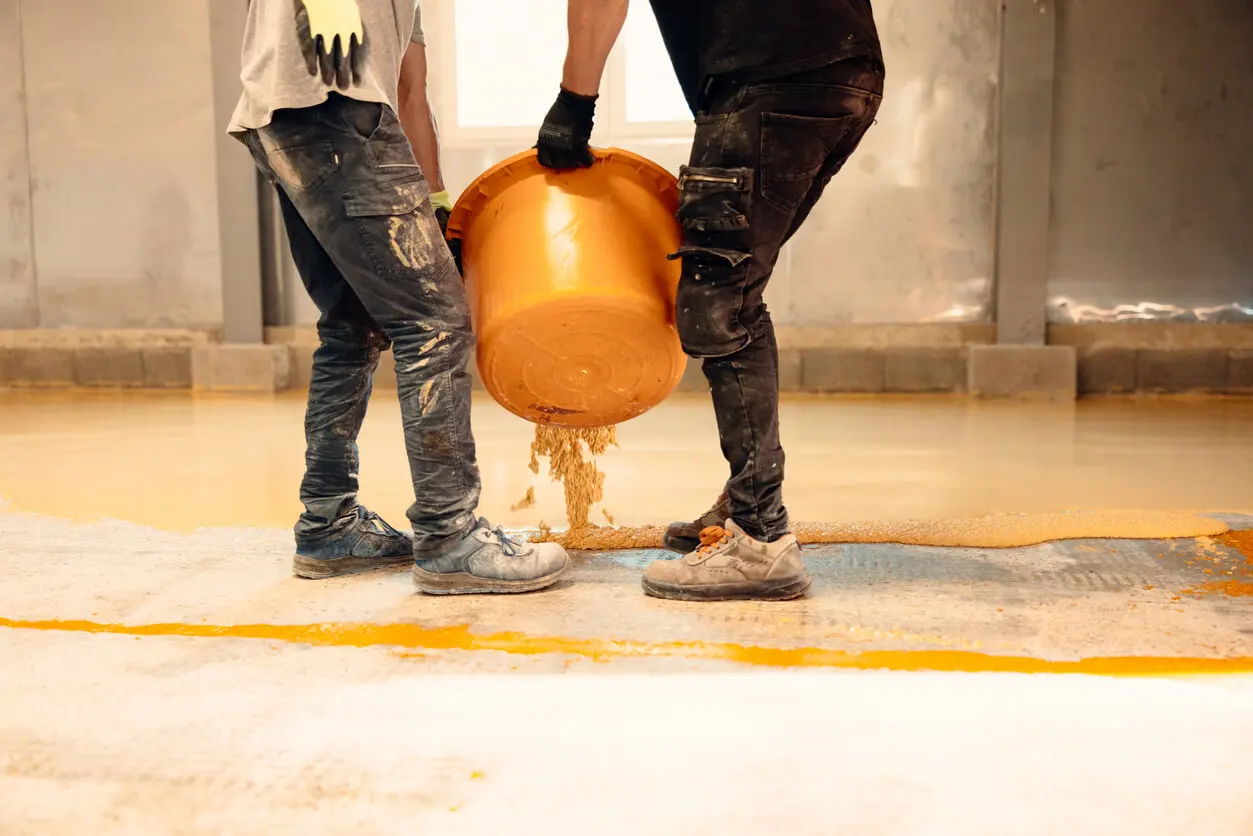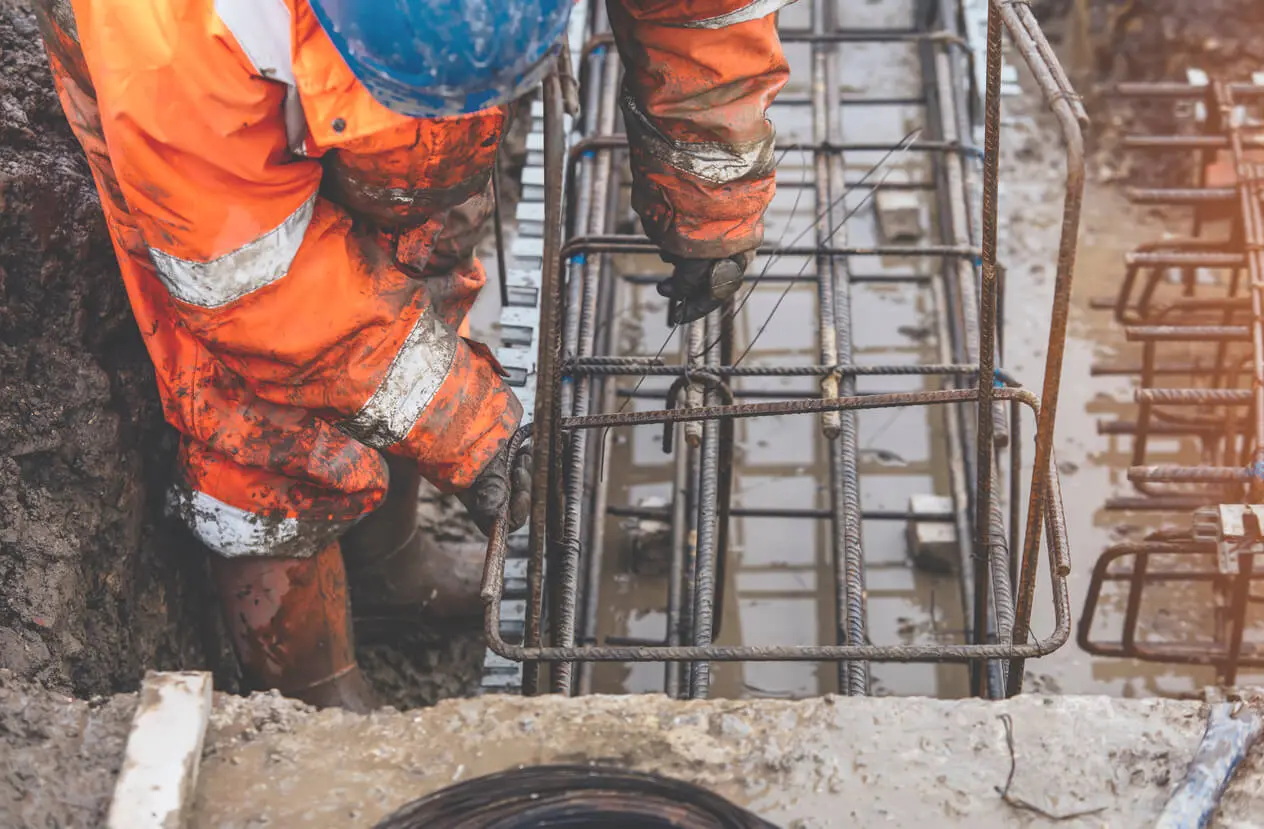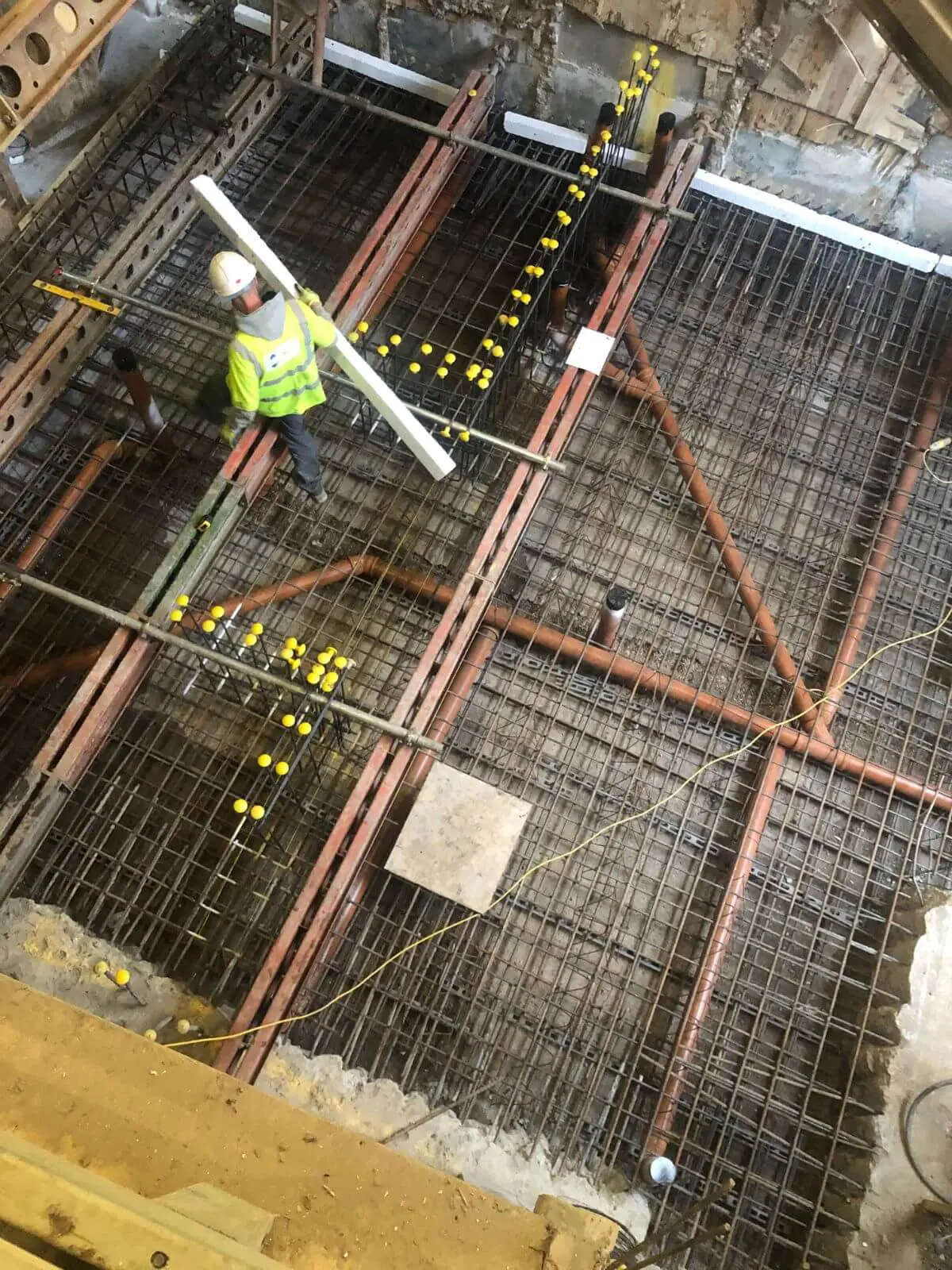
Waterproofing Your Basement: Essential Steps to Take Before Starting the Build
Building a basement is a significant investment and ensuring that it remains dry and protected...
Building basements in a city like London, with its crowded urban landscape and varying ground conditions, requires careful planning and engineering solutions. One of the most effective techniques for ensuring the stability and safety of deep basement excavations is the use of secant pile walls. These walls are instrumental in supporting excavation sites, particularly in complex urban environments.
Secant pile walls are constructed by drilling a series of overlapping concrete piles to form a continuous wall. This technique is highly advantageous for deep basement excavations, especially in London, where space is limited and stability is critical.
By using secant pile walls, contractors can ensure that the excavation site remains stable, dry, and secure throughout the construction phase, ultimately leading to a safer and more efficient build.
London presents unique challenges when it comes to basement construction, particularly due to its varied soil types and high water table. The ground beneath London consists of different materials, including clay, gravel, and sand, each with distinct properties that affect excavation stability.
Secant pile walls are particularly effective in challenging ground conditions because they provide a high level of stability and resistance to soil movement.
There are several piling techniques available for basement construction, each with its own advantages and disadvantages. Here’s how secant pile walls compare with other commonly used methods:
Contiguous pile walls consist of a series of concrete piles installed adjacent to one another with small gaps between them. While this method is quicker and often less expensive, it does not provide the same level of water resistance as secant pile walls.
Diaphragm walls are another option for creating sustainable structures in deep excavations. They are constructed using reinforced concrete and provide excellent water resistance and strength, similar to secant pile walls.
Sheet piles are another commonly used retaining system, particularly in temporary works. They are typically made from steel and are driven into the ground to create a retaining wall.
The use of secant pile walls in London basement ensures the safety, stability, and success of deep excavation projects. Their ability to provide superior water retention, resist lateral pressure, and adapt to varied soil conditions makes them the preferred choice for basement builds in challenging environments.
Compared to other piling techniques, secant pile walls offer the ideal balance of structural strength, water resistance, and cost-effectiveness. They are particularly suited to London’s complex urban landscape, where safety and stability are paramount.
Partnering with experienced contractors who understand the intricacies of secant pile wall installation is crucial for any successful basement project. At BH Basements, we have the expertise and experience to manage deep basement excavations in the most demanding environments, ensuring that your project is completed safely and to the highest standards. Contact us today to learn more about how we can support your next basement build in London.
For further information about BH Basements, please do not hesitate to get in touch. We are always happy to help.
For more captivating insights and expert advice, delve into BH Basements’ diverse range of blog articles.

Building a basement is a significant investment and ensuring that it remains dry and protected...

RC Framework How Reinforced Concrete Slabs Strengthen Your Commercial Basement’s Foundation Wed, 22 Jan 2025...

Building a basement, especially in a city like London, comes with it's own complications.